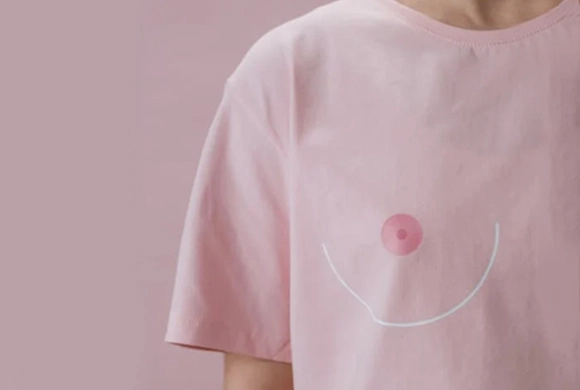The undeveloped breast tissue of women is defined as micromastia. Between the ages of 8 and 13, the breast starts growing and gradually increases its shape and size. It is fully developed at the age of 17 or 18. However, further changes also happen due to hormone fluctuations during puberty, pregnancy, and menopause. Keep reading the blog to know about the micromastia causes and symptoms.
Micromastia symptoms
Some women experience undeveloped breasts or a flat chest postpuberty, which is described as micromastia. It doesn't affect day-to-day life or any health condition, but many women wish to increase their breast size artificially using treatments. Read more to learn about micromastia's causes and treatments.

The two main types of micromastia
Unilateral- In this case, women often experience asymmetrical breasts where either one of the sides has little or no breast tissue.
Bilateral- The absence of breast tissue on both sides.
Micromastia causes
There are various reasons for this condition, such as heredity, environmental, and lifestyle factors. The genetic condition is found at the time of birth when there is an unnatural pectoral muscle. Any of the muscles that attach the upper arm, shoulder, and front walls of the chest to one another is defined as a pectoral muscle.
The factors that affect breast development
Body alignment - Improper sleeping position can actually disturb the tissues and increase the risk of micromastia.
Breastfeeding - Infants mostly prefer one-sided breastfeeding, which may cause noticeable asymmetry in the breasts.
Treatments for micromastia
Breast augmentation for underdeveloped breasts
Augmentation mammoplasty, or breast augmentation, is a process that enhances the breast's shape and size. It is one of the most commonly used methods. A breast implant (filled with silicone or saline) is inserted into the breast to give it an enhanced look.
Fat grafting
The excess fats of the body are carefully transferred to the breast to enhance the look. This method is a very popular way to enlarge and contour the breasts.

Things to consider before treatment
- Breast implants don't prevent sagging, which lasts only for 10 years.
- Weight gain or weight loss may affect the shape and size of the breasts, which may result in further surgeries.
- Breastfeeding is a big deal for many women after implants, but some can manage.
- Insurance does not cover surgeries and associated costs unless and until they are medically necessary, such as a mastectomy.
- Severe pain may occur after the surgery and during the recovery period.
- The major side effects are bruising and swelling, which may last for two to three months, depending on the woman's body.
- The surgery may result in visible scarring, so further treatment is possible.
Suitable bras
Petite cup sizes are very suitable. You can also try wearing a push-up bra, camisole, or padded bra.
Pushup bra

Pushup bras have three levels that enhance your breast appearance. You can choose the push-up level based on the lift you want.
Cami bra

Cami bras are called "user-friendly bras." They are easy to wear and remove. It also comes with removable padding so that you can use it accordingly. The best part is that you can wear it as a sleep bra for a more comfortable night's sleep.
Read our blog on bras for petite bust to know more.

